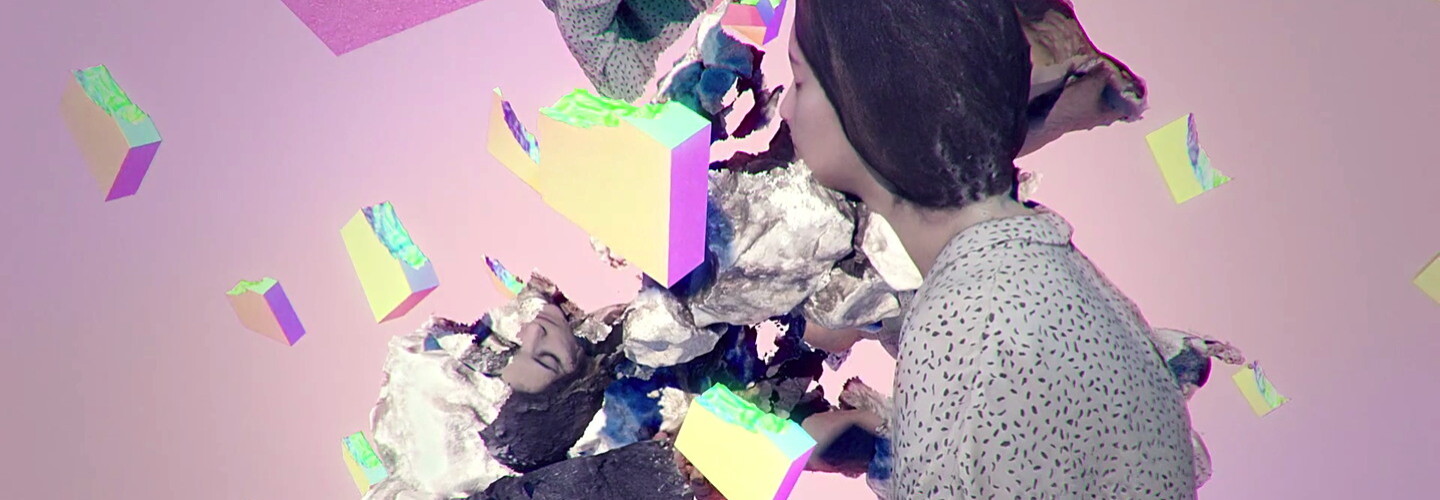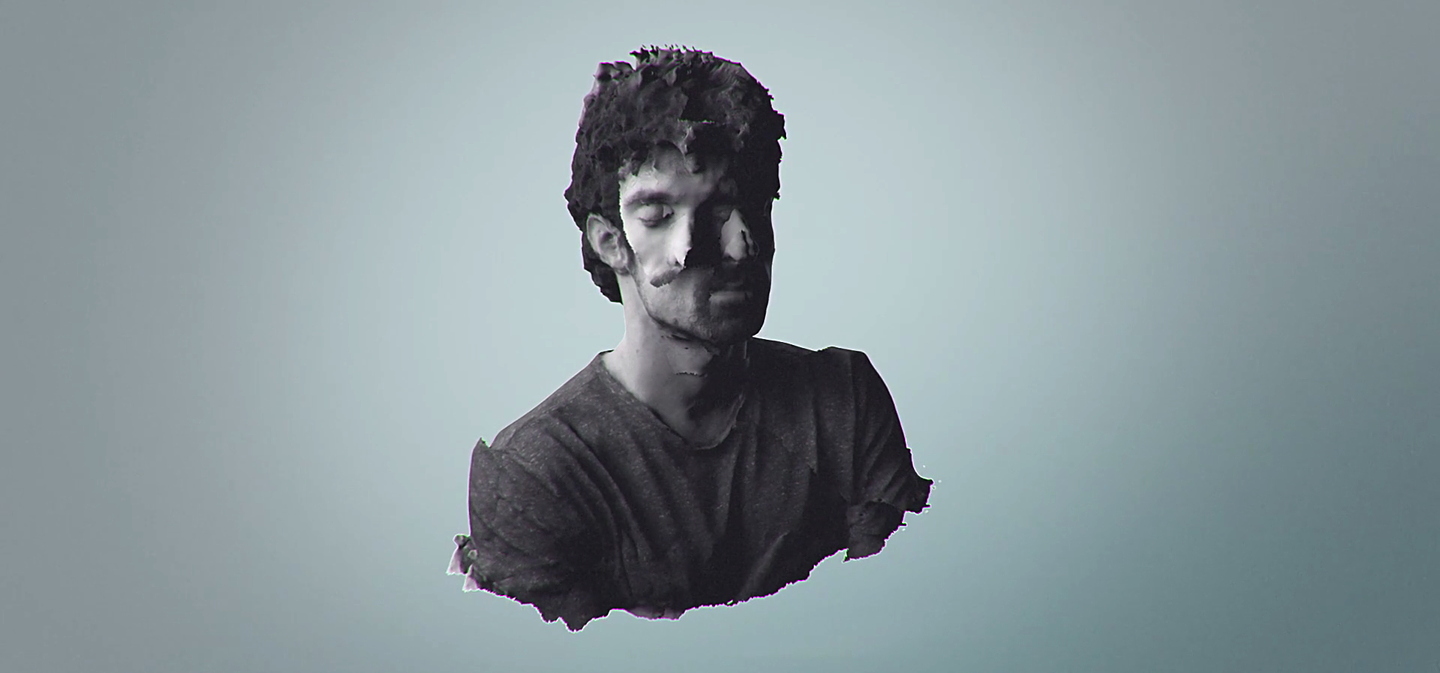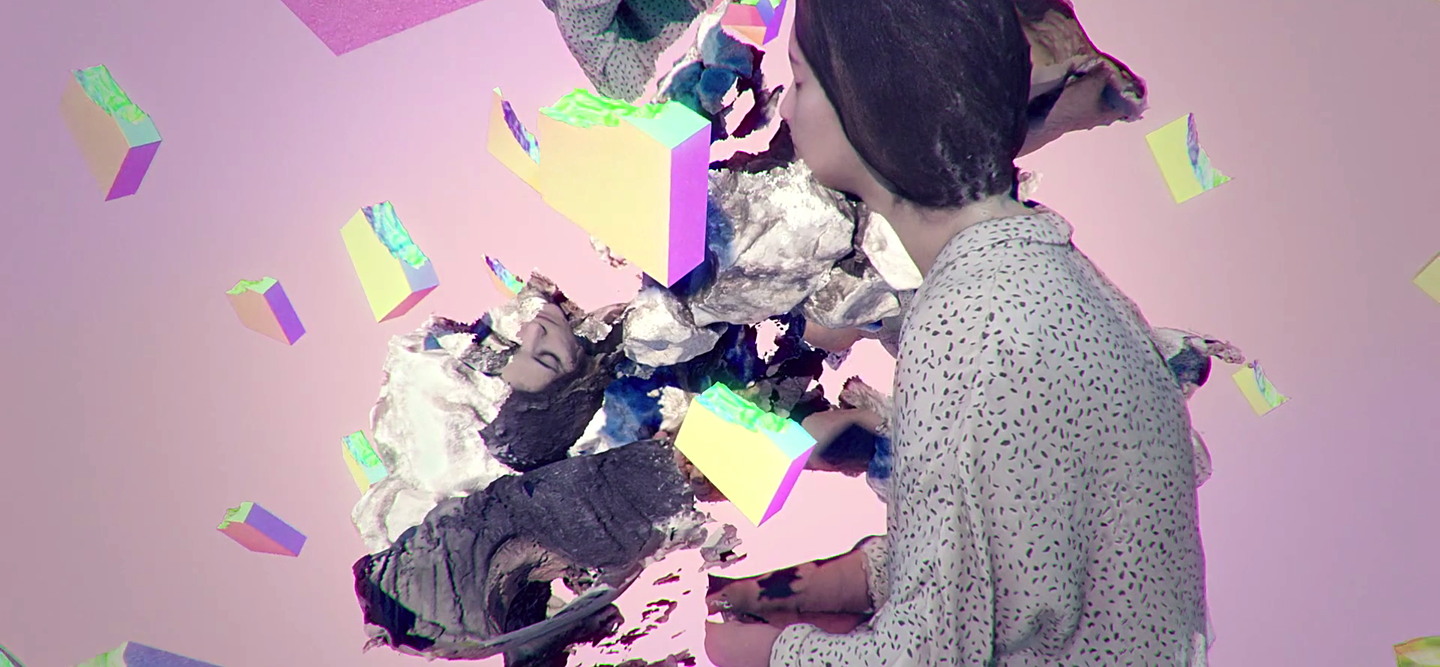After falling for the topsy-turvy world he created for Jansky’s Apocalipsi music video early this year, we’ve kept a keen eye on the work of Joan Guasch knowing that we were likely to get another impressive slice of unreality before too long. How right we were! In Crystal, created for Barcelona synthpop band Delorean, the director takes us on a psychedelic trip through the various stages of a relationship – by way of photogrammetry techniques, 3D scanning and animation, and the use of more than 2500 stills. We invited Guasch to help us wrap our heads around his incredible three dimensional collage world.
Even having watched Crystal several times now, it’s hard to describe the visual journey you take us on. How on earth did you convey a project like this in the pitch?
Delorean contacted me to create a visual piece with the premise of being creative and innovative. I’ve been developing a treatment about using 3D scanning techniques and treating them as a graphic source to create a collage in a three dimensional world. I wanted to use this technique in a new way, even taking advantage of wireframe errors, which I really love. I proposed three completely different treatments to the band and they instantly select this one.
Although you’re once again playing with perspective, unlike the Apocalipsi video before it, Crystal unfolds within a virtual landscape. What attracted you to this photogrammetry approach?
In the Apocalipsi video I wanted to play with a basic idea of rotating the frame to brake the reality, with a cinematic look. In Crystal, the goal was to play with sculpture aesthetics in a collage like composition. Photogrammetry has allowed me to capture reality and modify it in a more graphical way. This video is about different stages in a relationship, so it has been very interesting to play with this concept in a metaphoric and plastic way.
Could you take us through your production methods for the video?
This project has been a new challenge. I’m used to work individually, but in this case I created a team (with Marc Urtasun and Julia Posada) that helped me produce more shots within the time I had to produce everything. The whole clip was split in to 9 sequences with a specific timeline for each piece. I started with a huge mood board and assigned five shots to my collaborators.
Did the fully digital nature of the video allow for experimentation and deviation from your initial ideas?
I like to experiment while working on an initial idea but without loosing the perspective of the timeline I created before as an offline edit. Sometimes when you work hard improving details, you lose basic things like rhythm.
You seem to be a director not content to repeat himself, where are you headed next?
I’m always interested in perspective, altering the reality and playing with postproduction as a creative tool to tell a story. I treat every project as a new frontier to brake. I’m working on a new music video based on matte painting techniques, but from a new point of view.




